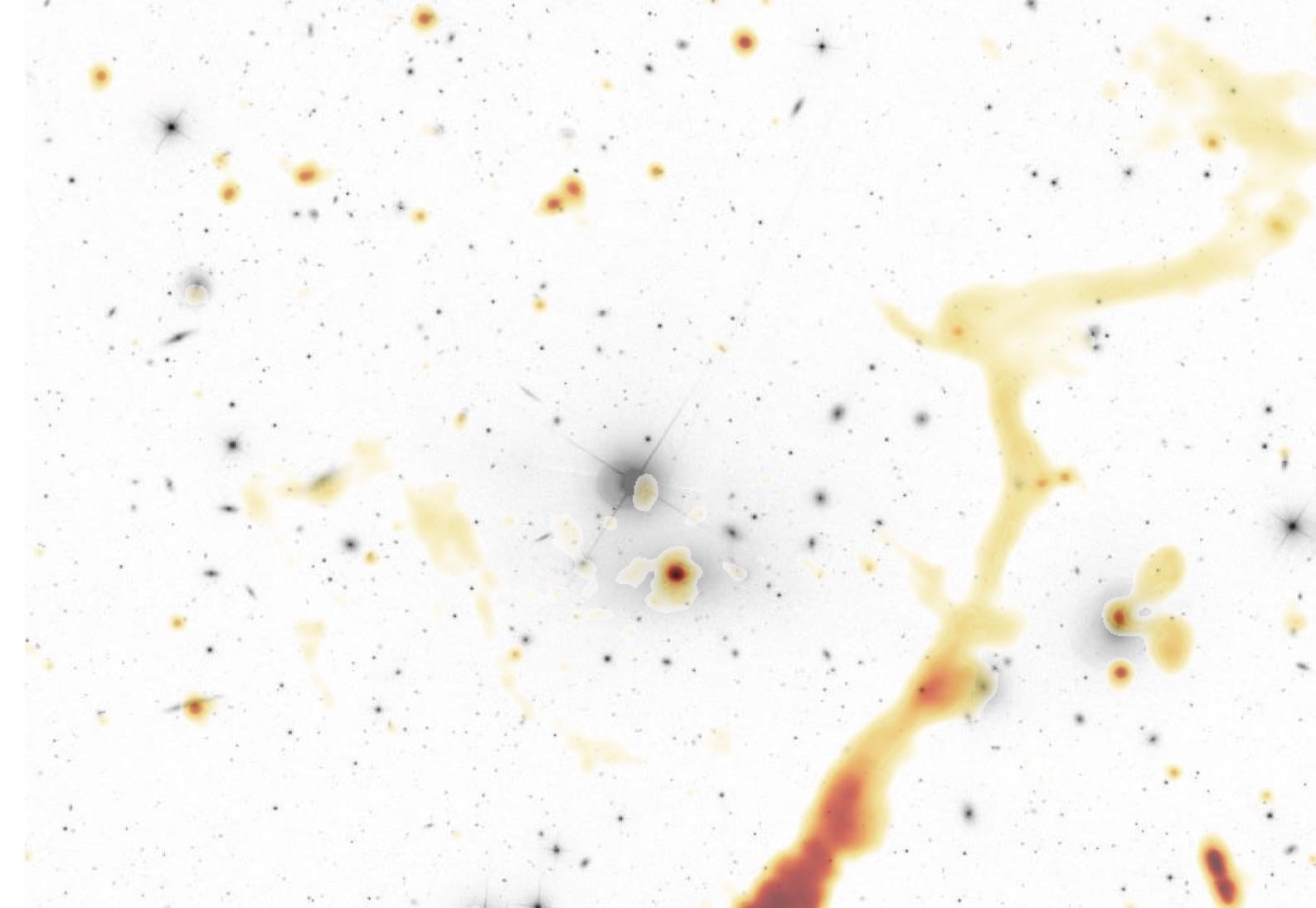Hundreds of thousands of unknown galaxies revealed as astronomers release vast new map of universe
Secrets of black holes and galaxy clusters could be revealed

Your support helps us to tell the story
From reproductive rights to climate change to Big Tech, The Independent is on the ground when the story is developing. Whether it's investigating the financials of Elon Musk's pro-Trump PAC or producing our latest documentary, 'The A Word', which shines a light on the American women fighting for reproductive rights, we know how important it is to parse out the facts from the messaging.
At such a critical moment in US history, we need reporters on the ground. Your donation allows us to keep sending journalists to speak to both sides of the story.
The Independent is trusted by Americans across the entire political spectrum. And unlike many other quality news outlets, we choose not to lock Americans out of our reporting and analysis with paywalls. We believe quality journalism should be available to everyone, paid for by those who can afford it.
Your support makes all the difference.Astronomers have revealed a vast map of the sky that shows hundreds of thousands of previously unknown galaxies – and accounts for just a tiny percentage of what is waiting to be discovered.
An international team of more than 200 astronomers has published the first piece of a huge new radio survey of the entire sky. It looks deep into the universe with more sensitivity than ever before, using the Low Frequency Array (LOFAR) telescope.
It found hundreds of thousands of previously undetected galaxies. That huge array of stars could in turn shed light on some of the biggest mysteries of the universe, including black holes and how galaxy clusters evolve.
Radio astronomy allows scientists to look at processes in the universe that normally we would not be able to see. As part of the new study the researchers looked at a quarter of the northern hemisphere with such technologies, and have published about 10 per cent of that data.
The new research maps three hundred thousand sources, almost all of which are galaxies in the distant universe. The radio signals picked up in the new maps have travelled over billions of lightyears before arriving on Earth and being catalogued in the new research.
Taken together, the new map could help researchers uncover the mysteries behind some of the strangest parts of the universe. It could help them track down the location and beginnings of black holes, for instance, and uncover the dramatic ways they eat.
"If we take a radio telescope and we look up at the sky, we see mainly emission from the immediate environment of massive black holes," said Huub Röttgering, from Leiden University, in a statement. "With LOFAR we hope to answer the fascinating question: where do those black holes come from?
"What we do know is that black holes are pretty messy eaters. When gas falls onto them they emit jets of material that can be seen at radio wavelengths."
It could allow them to track down the mysterious radio emissions that can link clusters of galaxies – which often reach millions of light years across the universe. These strange emissions are thought to come from particles that get accelerated as the galaxies merge.
Clusters of galaxies are ensembles of hundreds to thousands of galaxies and it has been known for decades that when two clusters of galaxies merge, they can produce radio emission spanning millions of light years. This emission is thought to come from particles that are accelerated during the merger process.
"With radio observations we can detect radiation from the tenuous medium that exists between galaxies," said Amanda Wilber, from University of Hamburg, in a statement. "This radiation is generated by energetic shocks and turbulence. LOFAR allows us to detect many more of these sources and understand what is powering them."
Join our commenting forum
Join thought-provoking conversations, follow other Independent readers and see their replies
Comments